Using Perlite in Hydroponics: A Complete Growing Guide

This post follows our research editorial guidelines.

Perlite is one of the most versatile and affordable of all growing mediums available to the home hydroponics fan. I might love clay pebbles for their re-usability and coco coir for its eco-friendly properties but more often than not I find myself turning to perlite. But what is this fluffy substance? What does perlite bring to the table that other substrates lack?
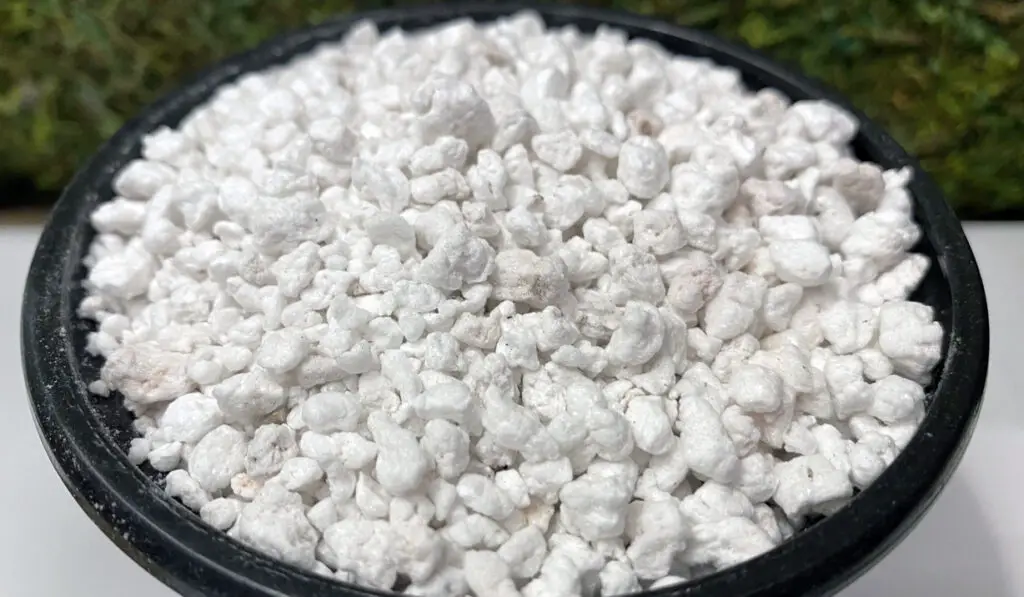
Table of Contents
What is Perlite made from?
Perlite is a form of volcanic glass that has been superheated until it expands. This provides a light and airy structure that is ideal for retaining water, nutrients and oxygen in hydroponic systems.
Despite its resemblance to Styrofoam perlite is not made from plastic. It’s a natural material made from a specific form of volcanic glass.
To make perlite this glass is mined and then rapidly heated. It quickly reaches temperatures in excess of 1100 degrees Celsius. Tiny pockets of water trapped inside the glass quickly turns to vapor and forces its way out of the glass. It pops, almost exactly like popcorn! The large pieces of airy perlite are then crushed and sieved to separate out the different sizes.
The resulting material is 20 times takes up the volume without any extra weight. The structure is open and airy, with lots of places for both water and air to accumulate.
“Have you tried growing vegetables using hydroponic techniques? An easy method is to use perlite as the media and add a nutrient solution. This is an excellent way to try growing vegetables and avoid some of the problems of traditional gardening.”
Terry DelValle, University of Florida Extension Service.
The Advantages of Perlite in Hydroponics
Perlite has many advantages to offer the home grower.
First of these is just how easy it is to get. Horticultural grade perlite is not tricky to find at all and it’s not costly at all. It’s typically sold in bags in garden supply stores alongside other familiar materials like peat moss or coco coir products. It’s also a snap to find online.
One of my favorite properties of perlite is that it’s inert. It doesn’t break down over time and leach nutrients or salt into tanks or drains the way organic substrates like coco coir or wood shavings sometimes do. It just sticks around and does what you want it to do.
It’s also sterile and doesn’t contribute to disease in your roots. Root health is paramount when considering a substrate so it’s a huge plus in my book.
I also get good results thanks to perlite’s reliable pH. It sits at a comfortably neutral 6.8 to 7 t straight out of the bag. This means it doesn’t need treatment the notorious way Rockwool does on occasion. The pH won’t climb over the life of the material or otherwise interfere with the acids in the growing medium.
Perlite is also very light even when wet. Pity the poor grower using sand or gravel as their growing medium! Both are traditional choices for ebb and flow systems and I can tell you with confidence your back will let you know what a terrible choice that is for the home grower. It makes it a perfect choice for smaller counter-top systems and it can be used wherever you really don’t want massive heavy rigs.
The Limitations of Perlite Hydroponics
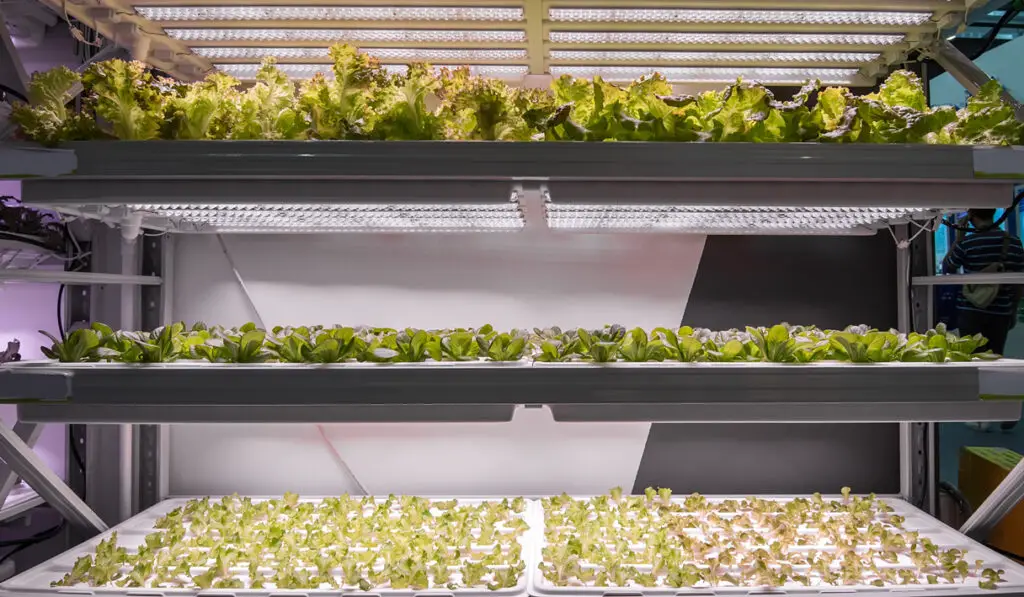
Perlite is fantastic for use in hydro but it isn’t perfect.
Perlite is hard to re-use. While it’s possible to get many years of use out of a growing medium blended with perlite you’ll need to sterilize between uses. Commercial growers often steam their material or subject it to flushing with very hot water, but it’s tricky for the home grower to manage that without specialist equipment.
Perlite’s fantastic aeration also causes drama from time to time. Fine bits and pieces can work free in active systems and wind up floating about in reservoirs or fouling pumps. The top layers can also blow around if your ventilation fans are strong.
Sizes of Perlite Available to Buy
The size of the perlite grains has a big impact on its properties, so manufacturers sort it by size into different grades.
In general, large particles drain better and smaller ones hold water better. In technical terms it’s due to the difference between surface area and volume. Know your grades and you can get the right product for you.
A large granule has more interior space than it has surface area, more or less. It can’t draw in much water as it goes by and gives it great aeration properties, too. Smaller particles have most of their interior space quite close to the surface. They can stuff those pores with nutrient solution quite quickly!
Super Coarse
Super coarse perlite features big chunky lumps of perlite ranging been 15mm or so right down to about half that or so, with the bulk of the bits being somewhere in the middle – so that’s half an inch, more or less.
Perlite at this size is great for adding aeration and drainage to mixes and providing structural support. It’s water holding capacity is mild, at between 20 to 30% water by weight. This low WC makes it best used in a mix rather than on its own.
Coarse (or Horticulture Grade)
Most perlite you buy in the bag from Amazon or garden supply stores will be coarse-grade perlite, especially if it doesn’t have a grade on the bag. It’s generally a mixture of different fragments ranging between 3 to 12mm, with most of them sitting around the 6mm mark. That’s around a quarter of an inch.
This is easily the most versatile size. It’s a good blend of large and small parts, and has good drainage and a water retention of between 30 and 50%. It drains at an even pace but still wicks water well. It’s great for use on its own in Deep Water Culture or Nutrient Film Technique systems and mixes beautifully into substrates used for drip systems too.
This is also the grade I recommend for use when repotting indoor plants. A mix of 1/3 perlite, 1/3 coco coir, and 1/3 potting soil is ideal for almost all indoor plants. This kind of blend uses this grade’s balance of water retention and drainage to guard against root rot and other problems that come from over-watering.
Medium Grade
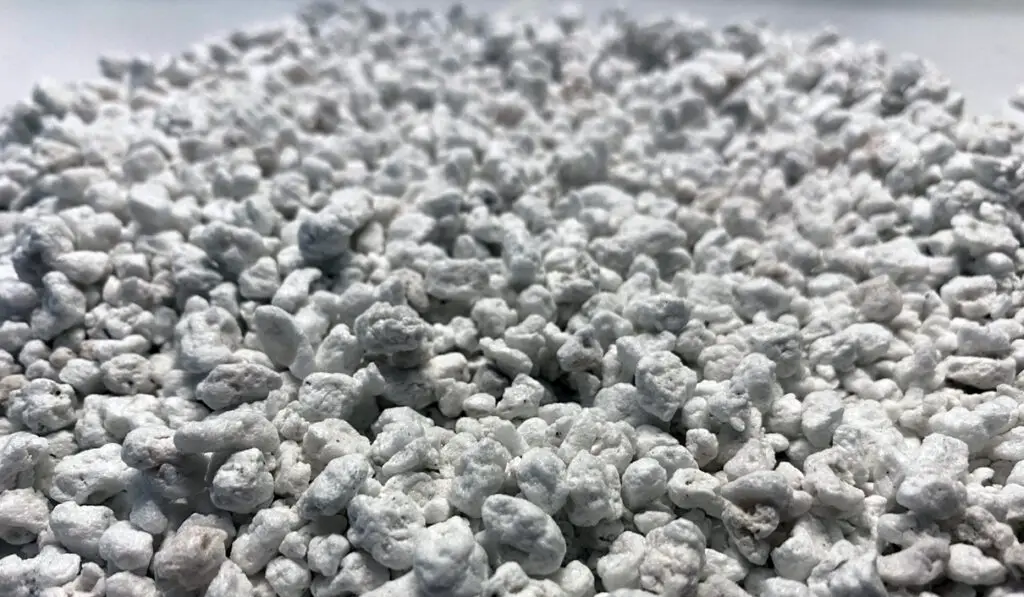
Medium-grade perlite is dominated by small particles of around two millimeters, about 1/16 of an inch. There’s not a lot of variation in size, giving it a smooth gravelly texture.
Medium grade is excellent at holding water. It’ll hold 60% of its weight in water without any fuss, and it holds it very tightly indeed. It drains slowly and will keep a blend hydrated well.
On its own, its best used for propagating, especially water-loving species like aroids or bulbs. It’ll also bring that water-holding capacity to substrate blends used in bedded systems. I’d avoid using it in active systems, however, as its tiny fragments are the perfect size for getting sucked into filters and messing with your pumps.
Fine Grade
Fine grade is the most thoroughly ground perlite on the commercial market, with teeny tiny particles that resemble fine sand. It’s sold as a water retention product more than a substrate and given it holds almost 90% of its weight it’s hardly surprising.
It’s not well suited for hydroponic use. It’s very light and fine and presents a substantial hazard for filters and pumps. Even bedded systems risk it flowing out or floating up. I’d leave this one to landscapers wanting to give a boost to their newly laid turf.
Types of hydroponic systems that work well with perlite
Perlite is endlessly versatile. Choose the right grade and it will work in just about any system.
Ebb and Flow System
Ebb and Flow Hydroponics benefits from the airy open structure that perlite provides. It allows water in the system to move freely and evenly. It’s especially good mixed into organic components like coco coir, peat, or other natural substrates. Coarse and medium grades work well to help keep the blend moist.
Nutrient Film Technique Systems
Perlite is a fantastic growing medium for Nutrient Film Technique hydroponics. The loose structure allows roots to break through the basket into the nutrient channel with ease. There’s little resistance so the crops can concentrate of growing their leaves and fruit rather than struggling to get their root systems down to the nutrients. Go for course to provide easy access to the solution while still giving good physical support.
Deep Water Culture Systems
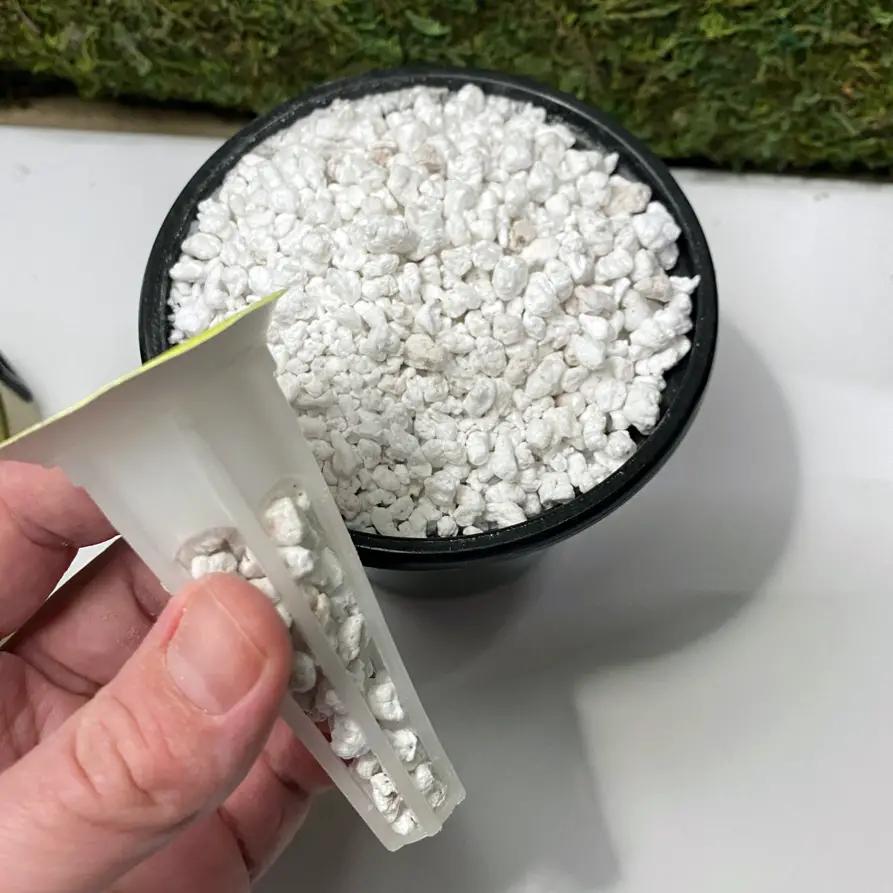
The versatility of perlite lends it well to the versatility of Deep Water Culture rigs. Its water-holding capacity and its ability to hold nutrition make it great for passive systems like Kratky rigs. Larger grade perlite works well in more active systems too. Coarse is best to prevent bits of perlite from migrating into the solution.
Wick Hydroponics
Perlite is a great component for substrate blends used in Wick Hydroponic setups. Medium-grade perlite is ideal for wicking systems as it helps draw the moisture from the wick further into the substrate. It’s passive too so there’s no fear little bits will work free and take a ride through your nutrient solution.
Drip Systems
Commercial growers have long recognized the benefit to using perlite in drip systems at all scales. It brings a much-needed level of oxygen to larger bag and bucket set ups, especially when combined with other material. It also helps make the system more manageable by reducing the weight of each individual bed. I know I’d struggle to shift larger beds if they weren’t filled out with lightweight perlite.
How Does Perlite Compare to Other Hydroponic Growing Medium?
Perlite is a great all rounder. It compares well to other substrates making it a great choice for the home hydroponic system.
Perlite has good water holding capacity. It’s not as good as coir or peat, but it’s also inert and will remain stable.
Perlite also has a good electrical conductivity. It holds nutrients well. It’s not as high as the EC of Rockwool, but it’s pH stable and much safer to use all round.
Perlite retains oxygen well too. It’s not as good at that as clay pellets, but it’s far cheaper and holds water and nutrients far better too.
Perlite is lighter and more responsive to nutrient solutions than sand or gravel, more stable than wood shavings or pine chips, and does not break down over time.
Perlite is great for home growers because it covers all your bases, is easy to use and reliable. It’s also cheap and easy to find.
Can you grow plants in straight perlite?
Hydroponic plants will thrive in a perlite growing medium. Deep water culture and ebb and flow are two systems to which pure perlite is well suited.
What are the Disadvantages of Perlite?
The biggest disadvantage of perlite is that it has limited re-usability in hydroponic systems. It’s hard to sterilize and once you’re done with it the stuff’s as biodegradable as any other rock. I mostly work around this by adding worn out perlite to my garden soil to improve friability, but many hydro growers don’t have a garden at all.
I also have to admit it can be a frustrating substance to work with. It tends to blow about and throw up dust when installing. In active rigs it can get into nutrient solution too and bob along through your system as happy as a rubber duck, plugging up tubing and pumps as it goes.
Choosing an appropriate grade of perlite and wearing a mask help take this annoyances down to an occasional problem. I find that the pros distinctly outweigh the cons.
What Grade of Perlite is Best for Hydroponics?
The grade of perlite you choose is going to come down to your system. Ebb and flow and drip systems will work just fine with the easy to obtain coarse and medium grades. This is especially true if it’s mixed through other substrates.
Coarser grades of perlite are better for Nutrient Film and Deep Water systems. Larger particles tend to stay put and refrain from floating on down through your pumps and filters. They also provide superior physical support.
Is Perlite Safe to Use?
Thankfully perlite is a safe product to use in hydroponics. It may produce a fair bit of irritating dust when the grains are dry, but it’s not hazardous.
Scientific studies have shown that while perlite dust might be annoying it doesn’t have any long-term health problems. Even people working to produce it don’t develop lung issues from breathing it in all day. If it’s safe for prolonged exposure there’s not much damage you can do laying out new medium once a season.
It’s still best to use a mask when working with perlite. While it’s mostly a nuisance it’s still annoying to have to breathe it even if it’s not causing any real damage.
Final thoughts
Perlite is right there with coco coir as one of my go-to materials for use in home hydroponic gardening and beyond. I love it for potted plants too and once it’s done its work in hydro in brings its usefulness to flower beds and vegetable patches too. It has a big impact for a simple bit of puffed-up rock!
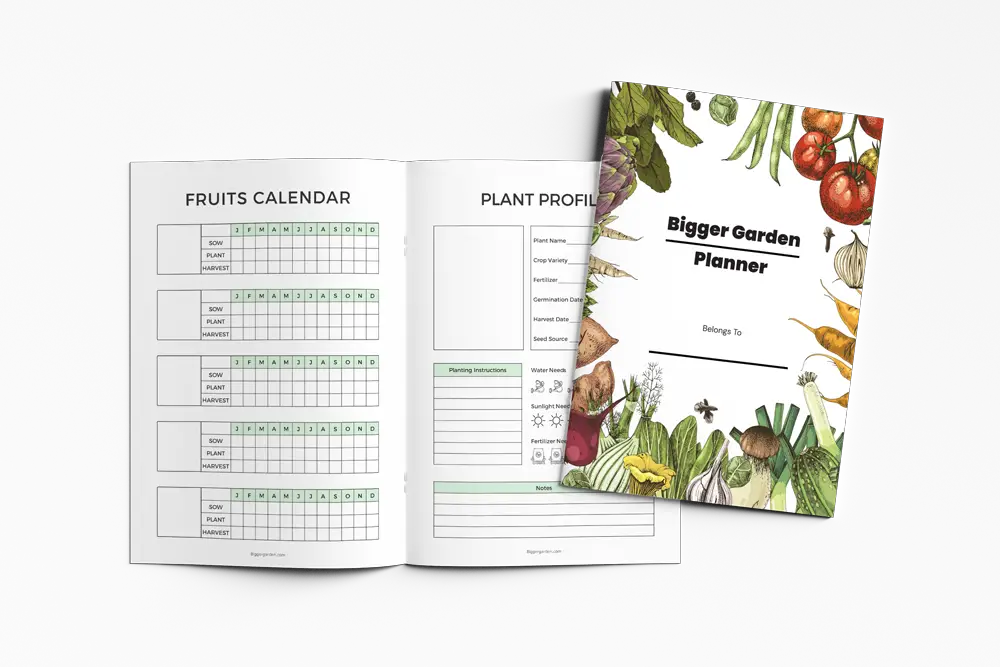
Before you go!
Wick System Hydroponics: A Complete Guide for Beginners
How to Use Clay Pebbles in Hydroponics
Hydroponic Lettuce (A Complete Growing Guide)
7 Best Hydroponic Grow Lights for a Successful Indoor Garden